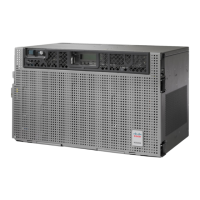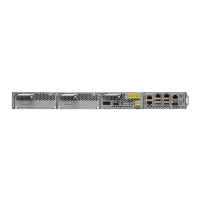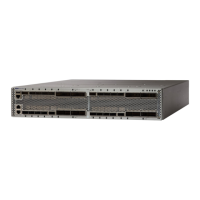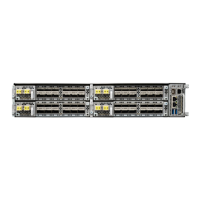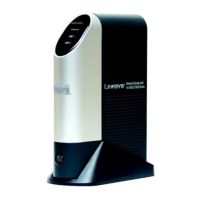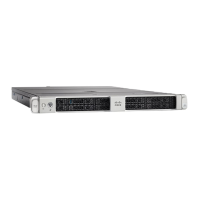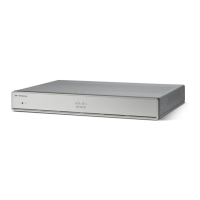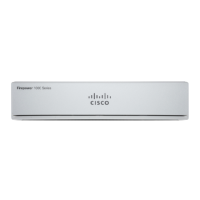When you replace a card with the identical type of card, you do not need to make any changes to the database.
Note
If the alarm does not get cleared, you need to report a Service-Affecting (SA) problem. Log into the Technical Support
Website at http://www.cisco.com/c/en/us/support/index.html for more information or log into http://www.cisco.com/
c/en/us/support/web/tsd-cisco-worldwide-contacts.html to obtain a directory of toll-free Technical Support numbers
for your country.
I-HITEMP
Default Severity: Critical (CR), Service-Affecting (SA)
Logical Object: NE
The Industrial High Temperature alarm occurs when the temperature of the ONS system is above
149 degrees F (65 degrees C) or below –40 degrees F (–40 degrees C). This alarm is similar to the HITEMP
, on page 223 alarm but is used for the industrial environment. If this alarm is used, you can customize your
alarm profile to ignore the lower-temperature HITEMP alarm.
Clear the I-HITEMP Alarm
SUMMARY STEPS
1. Complete the Clear the HITEMP Alarm, on page 224 procedure.
DETAILED STEPS
Complete the Clear the HITEMP Alarm, on page 224 procedure.
If the alarm does not get cleared, you need to report a Service-Affecting (SA) problem. Log into the Technical Support
Website at http://www.cisco.com/c/en/us/support/index.html for more information or log into http://www.cisco.com/c/
en/us/support/web/tsd-cisco-worldwide-contacts.html to obtain a directory of toll-free Technical Support numbers for
your country.
ILK-FAIL
Default Severity: Major (MJ), Service-Affecting (SA)
Logical Object: TRUNK
The ADM Peer Group Interlink Failure condition is raised on the ADM-10G card. This condition occurs when
one of the following SONET/OTN alarms is detected on the interlink ports of the ADM-10G card.
• LOS (TRUNK) , on page 278 alarm
• LOF (TRUNK) , on page 265 alarm
Cisco NCS 2000 series Troubleshooting Guide, Release 11.0
234
Alarm Troubleshooting
I-HITEMP
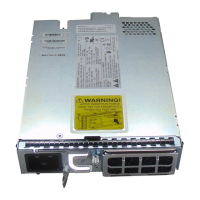
